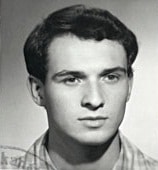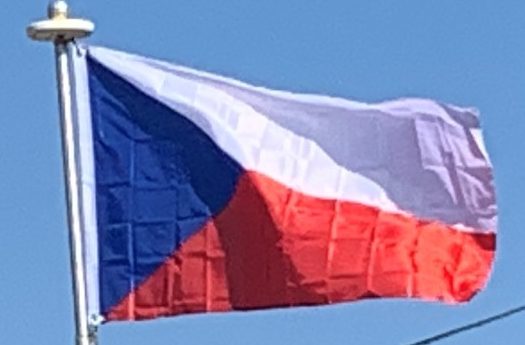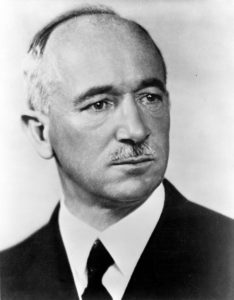
In 1945–1946, almost the entire German-speaking minority in Czechoslovakia, about 3 million people, were expelled to Germany and Austria (see also Beneš decrees). During this time, thousands of Germans were held in prisons and detention camps or used as forced labor. In the summer of 1945, there were several massacres, such as the Postoloprty massacre. Research by a joint German and Czech commission of historians in 1995 found that the death toll of the expulsions was at least 15,000 persons and that it could range up to a maximum of 30,000 dead. The only Germans not expelled were some 250,000 who had been active in the resistance against the Nazi Germans or were considered economically important, though many of these emigrated later. Following a Soviet-organized referendum, the Subcarpathian Rus never returned under Czechoslovak rule but became part of the Ukrainian Soviet Socialist Republic, as the Zakarpattia Oblast in 1946.
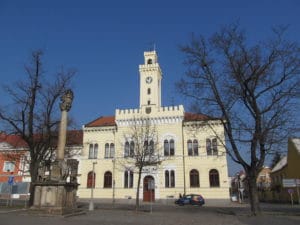
Czechoslovakia uneasily tried to play the role of a “bridge” between the West and East. However, the Communist Party of Czechoslovakia rapidly increased in popularity, with a general disillusionment with the West, because of the pre-war Munich Agreement, and a favourable popular attitude towards the Soviet Union, because of the Soviets’ role in liberating Czechoslovakia from German rule. In the 1946 elections, the Communists gained 38% of the votes and became the largest party in the Czechoslovak parliament. They formed a coalition government with other parties of the National Front and moved quickly to consolidate power. A significant change came in 1948 with coup d’état by the Communist Party. The Communist People’s Militias secured control of key locations in Prague, and a single party government was formed.
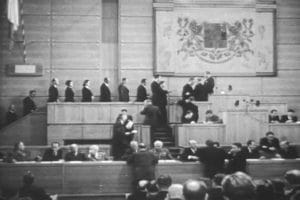
For the next 41 years, Czechoslovakia was a Communist state within the Eastern Bloc. This period is characterized by lagging behind the West in almost every aspect of social and economic development. The country’s GDP per capita fell from the level of neighboring Austria below that of Greece or Portugal in the 1980s. The Communist government completely nationalized the means of production and established a command economy. The economy grew rapidly during the 1950s but slowed down in the 1960s and 1970s and stagnated in the 1980s.
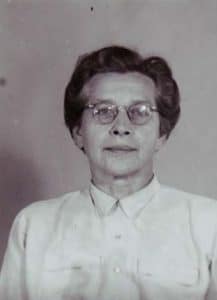
The political climate was highly repressive during the 1950s, including numerous show trials (the most famous victims: Milada Horáková and Rudolf Slánský) and hundreds of thousands of political prisoners, but became more open and tolerant in the late 1960s, culminating in Alexander Dubček’s leadership in the 1968 Prague Spring, which tried to create “socialism with a human face” and perhaps even introduce political pluralism. This was forcibly ended by invasion by all Warsaw Pact member countries with the exception of Romania and Albania on 21 August 1968. Student Jan Palach became a symbol of resistance to the occupation, when he committed self-immolation as a political protest.
